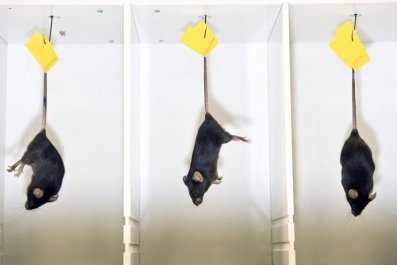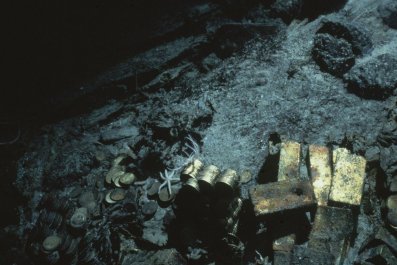Anybody who has been pricked by a wasp or bitten by a water moccasin knows venom can be extremely painful. Some of those poisonous juices are so toxic they're fatal: Snakes alone kill 100,000 people every year, according to the World Health Organization. But while venom can inflict serious pain, a team of researchers has found a new way to exploit venom's untapped potential to do just the opposite.
Biologists estimate there are 173,000 venomous species—from lizards and spiders to fish and even platypuses—brewing varieties of proteins and peptides thought to number in the tens of millions. Zoltan Takacs, president of World Toxin Bank in New York (and not involved in the research), explains that each of the molecules in a given venom has its own unique target. Those targets are called ion channels. They're the pores of a cell's surface, where information comes and goes—including shoots of pain running along a chain of nerve cells. Some of the molecules in venom can mute those pathways, blocking the pain.
Just one problem: There's no way to know which of the millions of molecules might do the trick until you test it out. Researchers have screened fewer than 2,000 and produced no more than 20 medications. One of those is a painkiller called Ziconotide, derived from the venom of a tropical sea snail.
To accelerate venom testing, Michael N. Nitabach, an associate professor of Cellular and Molecular Physiology and of Genetics at Yale University, and his colleagues designed a new method called "toxineering" that works by screening for potential blockers of pain-specific channels. They tried it out with 100 toxins produced in several species of spiders. And they found a match; the Peruvian green velvet tarantula makes a molecule that stifles TRPA1, an ion channel responsible for certain kinds of chronic pain.
That doesn't mean you should expect to find Peruvian tarantula extract next to aspirin in the pharmacy any time soon. Drug production can take decades, and "we're not even out of the culture dish at this point," Nitabach tells Newsweek. Nonetheless, he has begun talks with drug companies and plans to begin scaling up toxineering to screen thousands more venoms.





















